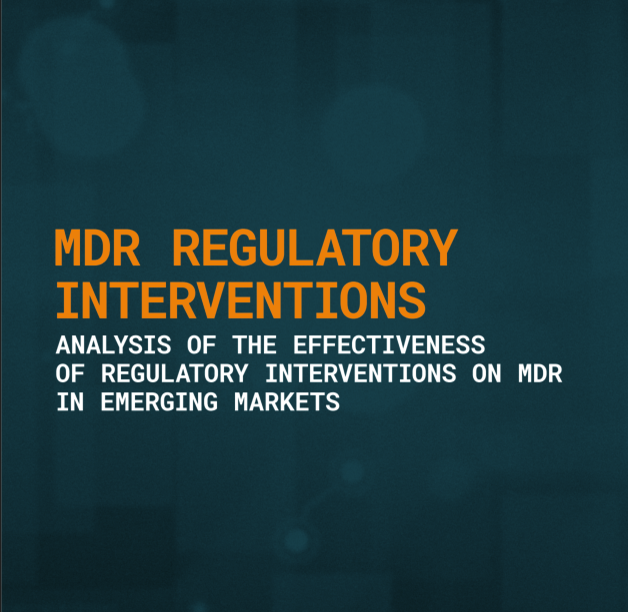In summary, credit card issuers are well advised to conduct a detailed analysis of scheme fees. Issuers cannot only reduce scheme fees and increase transparency of one of their major cost drivers, but also develop and support strategic initiatives.
Visa Inc. released a statement on June 21st 2016 confirming it had completed the acquisition of Visa Europe. According to the announcement the combined company “provides digital payment products, services and processing to about 17,100 financial institution clients and partners, 40 million merchant outlets, and 3.0 billion Visa cards worldwide” *. Visa Inc. and over 3,000 Visa Europe stakeholders reached an initial agreement to base takeover payouts on scheme fees paid and payable up to 2019. Even though the agreement was partly amended later on following a response from the European Commission, which believed that a payout based on future scheme fees would impose an unreasonable degree of uncertainty on stakeholders, interest in the calculation and modelling of scheme fees has risen significantly.
Considering the high complexity of Visa’s scheme fee rules, Arkwright developed a scheme fee controlling tool, which is able to verify the eligible payout from Visa Inc. to credit card issuers and to model future scheme fees. The calculations performed in that context provided fascinating insights into Visa’s business model and revenue drivers.
* Visa Europe Newsroom Scheme Fee Calculator:
Arkwright’s method of analyzing Visa’s scheme fees was to (1) conduct an ABC-analysis of the card issuer’s billing statements to identify the fees that contribute most to overall scheme fee costs and (2) to analyze the Visa scheme fee guides to acquire profound understanding of the underlying calculation methods and relevant scheme fee drivers.
Arkwright used over 2,700 monthly and quarterly input factors of billing statements and analyzed a set of core fees and additional fee types to develop a Scheme Fee Calculator which provides:
- Verification of Visa takeover payouts (accuracy 99.9%).
- Modeling of future scheme fees (accuracy around 98%).
- Transparency on total scheme fees payable and their respective calculation methods (including the identification of minor billing statement mistakes).
- Targeted financial controlling & management of monthly, quarterly and annual scheme fee drivers.
- A comprehensible basis for membership discussions with Visa.
- Indications for strategic portfolio management.
Strategic portfolio management
Besides the mere financial management of scheme fees, Arkwright identified two strategic implications for credit card issuers that could significantly reduce scheme fee costs or prevent the loss of rebates.
First, the scheme fee structure entails economies of scale regarding card portfolio size. The 2015 update of Visa’s fee guides even amplified this effect. Card issuers may therefore feel prompted to switch parts of their portfolio from one card scheme to another. However, in order to embark on this strategic move, full transparency on the economies of scale are required as well as a portfolio comprising of more than one scheme. Another viable option is to enlarge the portfolio size through portfolio acquisitions. Of course, scheme fee optimization is just a minor driver for moves of this kind.
Second, Visa introduced its “5% Rebate Rule” in 2015. Now, rebates are not paid on a particular level if transaction volumes on that product level (Consumer Immediate Debit, Consumer Deferred Debit/Credit, Commercial and V PAY) fall by over 5%. Visa also proceeded to raise rebates to 40% or even 50% at almost exactly the same time, thus creating a strong lock-in effect that compels credit card issuers to maintain their card portfolio and transaction volumes with Visa. These measures assign even greater importance to precise financial controlling and management of the card base and scheme fees in order to avoid any loss of the substantial rebates awarded.
In summary, credit card issuers are well advised to conduct a detailed analysis of scheme fees. Issuers cannot only reduce scheme fees and increase transparency of one of their major cost drivers, but also develop and support strategic initiatives for portfolio optimization.

%402x.svg)

.svg)


